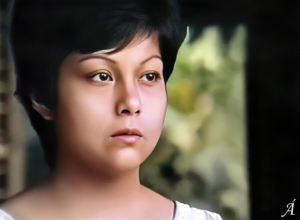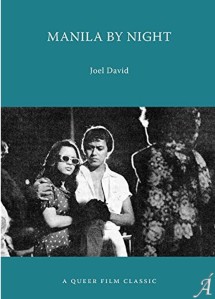Florentina Hubaldo, CTE
Directed & written by Lav Diaz
Waves of admiration greeted Lav Diaz’s venture into a self-styled version of long-form filmmaking – called “slow cinema” by most observers, a term that Diaz abhors. His first attempt, Batang West Side (West Side Kid, a.k.a. West Side Avenue, 2001), broke the four-hour maximum running time for commercial releases. His next long-form entry, Ebolusyon ng Isang Pamilyang Pilipino (Evolution of a Filipino Family, 2004), ran for about double BWS’s five-hour length, at 9 to nearly 11 hours, depending on which version is being screened. Ebolusyon bore the qualities that would mark the rest of Diaz’s long-form films: done in digital video, utilizing black-and-white cinematography, filled with long takes and long shots, completed with a small crew whose members would double as the movie’s actors, with material drawn from harrowing historical memory. To further challenge audience expectations, he announced a trilogy based on the theme of trauma.[1] Florentina Hubaldo, CTE (2012) is the trilogy’s last entry, and the shortest at six-plus hours. It stands out from Diaz’s other early work in that it was the first and, until recently, the only one to focus on a woman. The title character’s suffering – CTE refers to chronic traumatic encephalopathy, inflicted on her by her father – is so distressful and heartrending that only a mean-spirited viewer would attempt to look away and ponder the movie’s allegorical issues. Unlike its long-form predecessors, it also foregrounds the tranquil beauty of the countryside, with the majestic presence of the Bicol region’s Mayon Volcano overlooking the proceedings. The movie’s stately and formal perfection provides the anchor by which Florentina’s experience becomes bearable enough to witness; in fact, it is the mercifully few moments when she cannot be seen, when only her cries can be heard, that the movie comes closest to visceral horror. Diaz’s storytelling strength is in his handling of time and duration, and Florentina Hubaldo provides further evidence in its interweaving of seemingly distinct strands that, by the movie’s sad-yet-hopeful close, fully reward the patient viewer.
Note
From Canon Decampment (2023), from Amauteurish Publishing.
[1] The materials as well as the narratives in the trilogy are unrelated, and may therefore be viewed individually. For those curious about the other titles, these are the nine-hour Kagadanan sa Banwaan ning mga Engkanto (Death in the Land of Encantos, 2007) and the 7.5-hour Melancholia (2008).













 ORCID ID
ORCID ID 